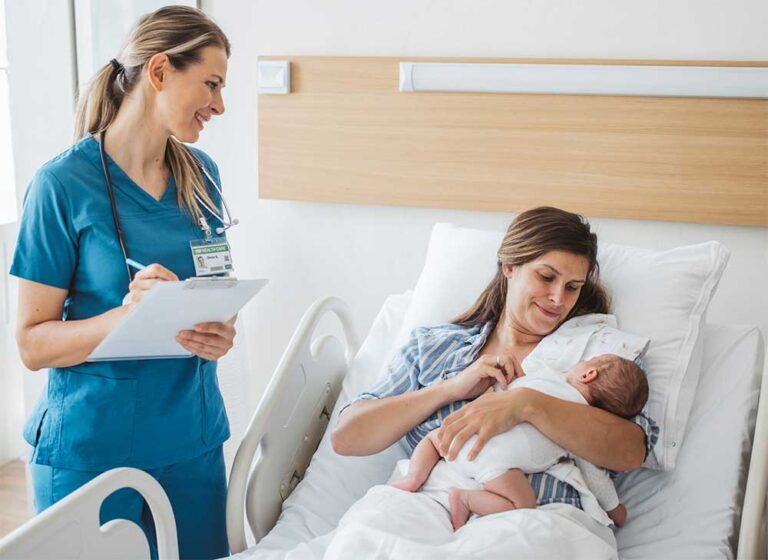Our Goal: Healthy Pregnancies and Babies, One at a Time
Reproductive Partners – San Diego (RPSD) has been a pioneer in the utilization of elective single embryo transfer (eSET) to limit the risk of multiple pregnancies.
The current goal of IVF treatment is to achieve a healthy, singleton pregnancy. This means that only one fetus develops and is carried to term. A healthy pregnancy is one in which the baby is carried to full term, typically 39-40 weeks, and is born without any complications or health issues.
Measuring Success Through Singleton Live Birth Rate
At RPSD, we measure the success of our IVF cycles by the singleton live birth rate. This rate tells us how many single babies were born from each cycle, which is the optimal outcome for both mother and baby.
In the latest final clinic summary report, published in 2020 by the Society for Assisted Reproductive Technology (SART), our high live birth rate was similar to the singleton live birth rate, which means that the rate of multiple pregnancies was very low. This is great news for our patients because it means that you can achieve a high live birth rate with a low risk of complications.

The table below, taken from our clinic’s 2020 SART final summary report, shows the chances of a live birth in all patients who started an IVF cycle in 2020 and underwent one or more embryo transfers.
Live Births per Intended Egg Retrieval (All Embryo Transfers)
What is the chance of a live birth with an intended egg retrieval?| Age of woman | < 35 | 35 – 37 | 38 – 40 | 41 – 42 | > 42 |
|---|---|---|---|---|---|
| Number of patients | 111 | 102 | 113 | 58 | 36 |
| Singletons Birth | 49.5% | 45.1% | 23.0% | 10.3% | 0% |
| Live Births | 50.5% | 45.1% | 23.0% | 10.3% | 0% |
The following table, also taken from our clinic’s 2020 SART final summary report, shows the chances of a live birth for new patients to our clinic, who started an IVF cycle that same year and underwent one or more embryo transfers.
Live Births per New Patient
What is the chance of live birth doing IVF as a new patient in our clinic?| Age of woman | < 35 | 35 – 37 | 38 – 40 | 41 – 42 | > 42 |
|---|---|---|---|---|---|
| Number of cycle starts | 86 | 72 | 60 | 30 | 19 |
| Singletons Births | 57.0% | 63.9% | 38.3% | 6.7% | 0/19 |
| Live Births | 58.1% | 63.9% | 38.3% | 6.7% | 0/19 |
Ultimately, the goal of IVF treatment is to help couples reach their dream of starting a family. At RPSD, we are committed to providing the highest quality care and support to help you achieve a healthy, singleton pregnancy and the birth of a healthy baby.
*A comparison of clinic success rates may not be meaningful because patient medical characteristics, treatment approaches, and entry criteria for ART may vary from clinic to clinic.
